A Pest Pro’s Unfiltered Guide to Termites (And How to Keep Them Out of Your House)
I’ve spent more years than I can count in this business, shimmying into dusty crawlspaces and musty basements all over the country. The one thing that never changes is the quiet, relentless destruction caused by termites. So many homeowners think of them as just another bug, but honestly, that’s a dangerous mistake. They’re a direct threat to the bones of your house. They don’t just nibble on wood; they hollow out the very frame that holds your world together.
In this article
I remember this one house… the owner had noticed some paint peeling on a doorframe but didn’t think much of it. A year later, we discovered the termites had eaten the entire wall stud behind it. It was basically just a chip of paint holding the drywall up. That’s why understanding how they operate is the first, and most critical, step to protecting your home.
This guide is straight from the field. It’s the stuff I’ve seen work and, more importantly, the stuff I’ve seen fail spectacularly. We’ll cover how to spot a problem, which DIY methods are mostly a waste of time, and when you absolutely have to call a professional. This isn’t about a quick fix; it’s about smart, long-term defense for your biggest investment.
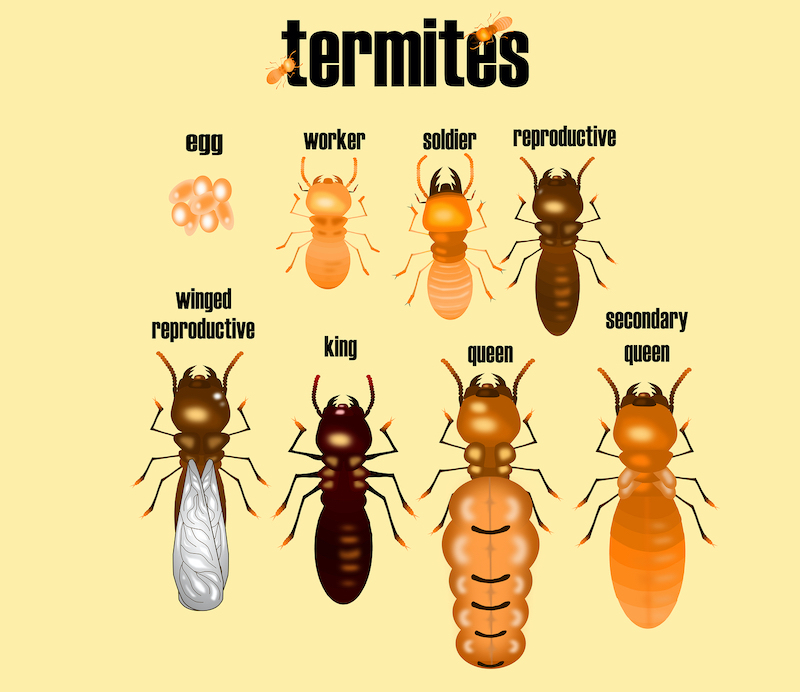
Know Your Enemy: Inside the Termite Colony
Before you can fight something, you have to get how it thinks. A termite colony isn’t just a random bunch of bugs; it’s a highly organized society. Each member has a job, and ignoring this social structure is exactly why most home remedies don’t stand a chance.
- The Workers: These are the ones you’re most likely to see if you break open a piece of damaged wood—small, pale, and soft-bodied. They are blind, sterile, and they work 24/7. Their job is to chew wood, digest the cellulose, and then feed the rest of the colony. And here’s the kicker: they feed everyone mouth-to-mouth. This is a critical weakness that the pros exploit. Slow-acting baits get passed around, eventually taking down the entire hidden colony.
- The Soldiers: These are the defenders of the realm. They have big, armored heads and nasty-looking pincers made for fighting off threats like ants. If you crack open a mud tube, soldiers will likely rush out to defend the breach. Seeing them is a dead giveaway you have an active colony.
- The Reproductives (Swarmers): These are the winged termites that everyone confuses with flying ants. Once a year, when the weather is just right, they fly out in a massive swarm to mate and start new colonies. Finding a pile of their identical, discarded wings on a windowsill is often the first—and most alarming—sign a homeowner gets of a major, mature infestation. The queen they leave behind is an egg-laying machine that can live for over a decade, producing thousands of eggs a day. Killing a few workers is meaningless when the queen is safe and sound.
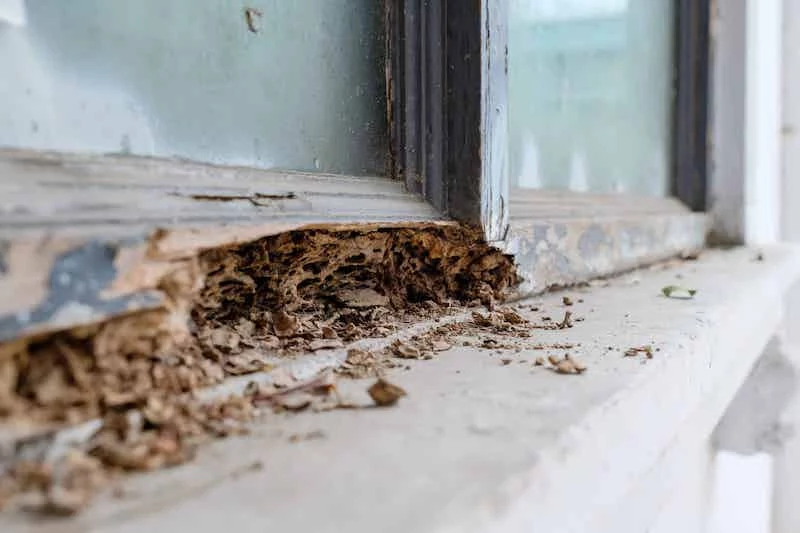
A Quick Field Test: Termites vs. Flying Ants
Oh yeah, people get this wrong ALL the time. When you see swarmers, it’s easy to panic. Here’s how to tell what you’re looking at in about five seconds.
Look closely: A termite swarmer has a thick, straight body and four wings that are all the same size. A flying ant, on the other hand, has a distinctly pinched, wasp-like waist and two sets of wings, with the front wings being much larger than the back ones. It’s a small difference, but it tells you everything you need to know.
The Three Main Culprits in North America
While there are tons of species out there, they mostly fall into three categories based on how they live. Figuring out which one you have is key because the treatment plan is completely different for each.
1. Subterranean Termites
These guys are the number one public enemy and the most common cause of structural damage. I’ve fought them from the humid Southeast to the dry West Coast. They live underground because they need constant moisture to survive. They build little protective highways made of dirt and saliva, called mud tubes, to travel from the soil up into the wood of your home. These tubes are their lifeline, protecting them from the open air. If you break one open and see little white workers scrambling, you’ve confirmed a live infestation. If the tube is repaired in a few days, you know they’re still in business.
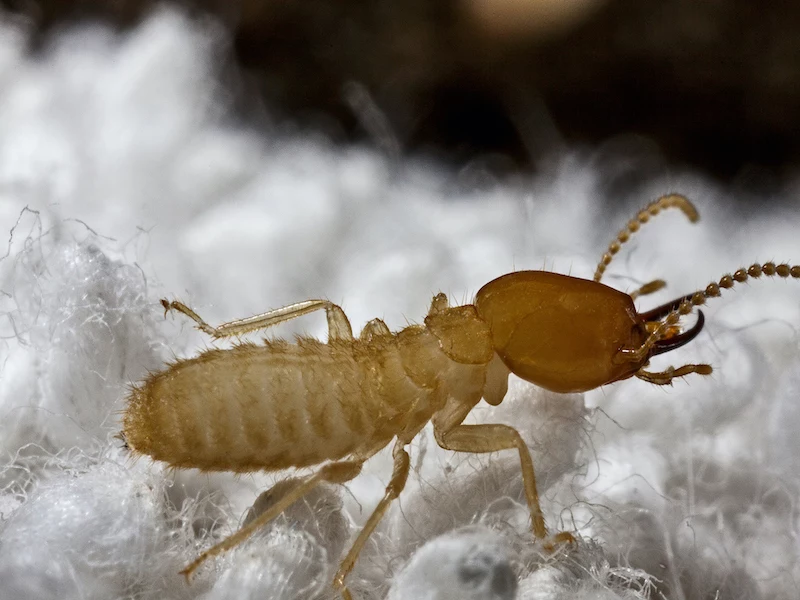
2. Drywood Termites
Just like the name says, these termites don’t need soil contact. They get all the water they need from the wood they eat. I see these most often in warmer, coastal states. They’re happy to set up shop in attics, structural beams, or even a piece of antique furniture. The calling card for drywood termites is their droppings, called frass. It looks like little piles of sand or coffee grounds. But if you get a magnifying glass, you’ll see the tiny pellets are six-sided. They chew little
Inspirational Gallery


Termites cause over $5 billion in property damage in the United States each year, an expense not typically covered by homeowners’ insurance.
This staggering figure highlights why prevention isn’t just a good idea—it’s a critical financial safeguard. Unlike storm or fire damage, termite destruction happens silently over months or years, making proactive inspections and early treatment your most powerful defense against costly structural repairs.

I see some termites by a window. Can I just spray that area and be done with it?
Unfortunately, no. Spot-treating termites is like plucking a single leaf off a weed—it ignores the root system. The termites you see are workers from a much larger, hidden colony that can contain hundreds of thousands of individuals. A professional treatment is designed to target and eliminate this entire underground or in-wall colony, which is the only way to truly stop the ongoing damage to your home’s structure.
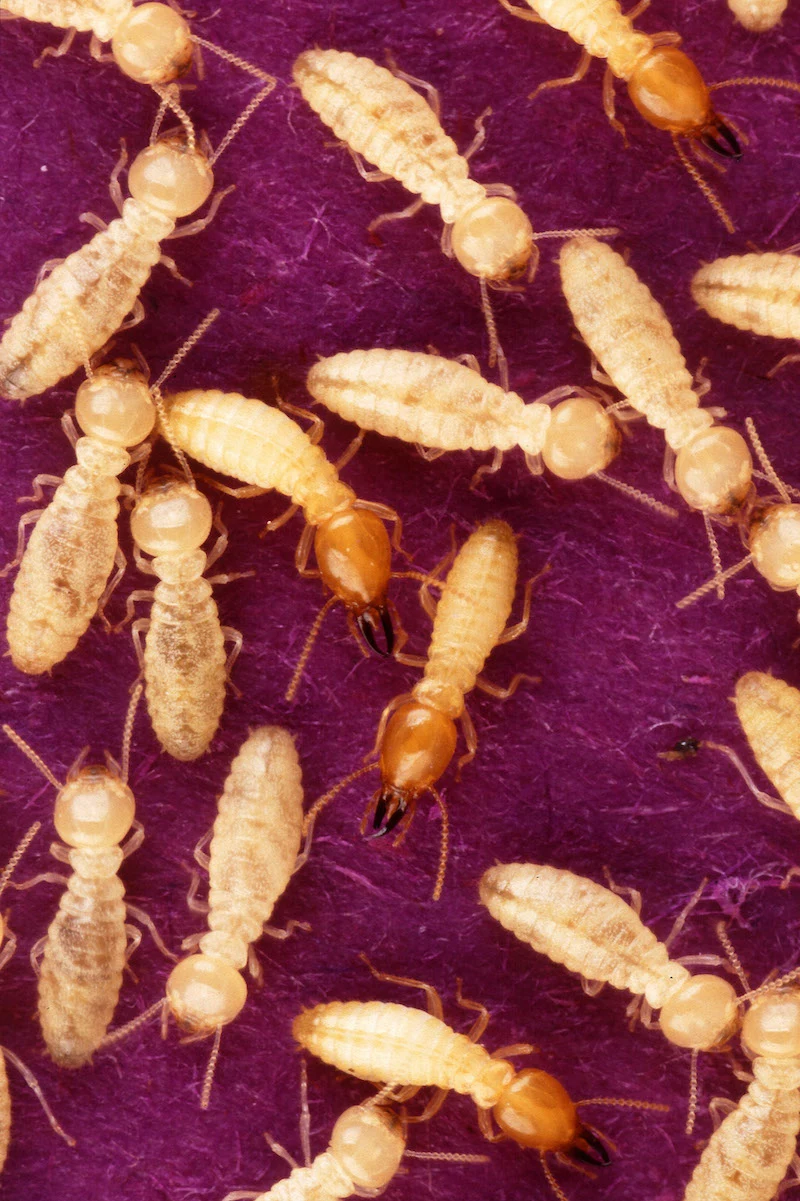
Liquid Barrier (e.g., Termidor® HE): A non-repellent liquid insecticide is applied to the soil around your home’s foundation, creating a continuous protective zone. Termites pass through it without detecting it, become carriers, and transfer the termiticide to the rest of the colony, leading to its collapse.
Baiting System (e.g., Sentricon® System): Discreet bait stations are placed in the ground around the property. When termites discover the bait—which they prefer over wood—they share it throughout the colony, eliminating it from the queen down.
The best choice often depends on your home’s construction, soil type, and the extent of the infestation.
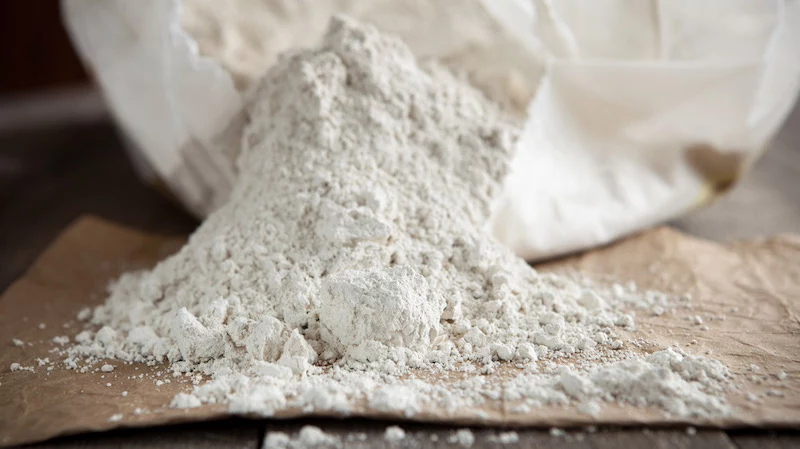
Your landscaping choices can either invite termites or help keep them away. Think of the first few feet around your foundation as a ‘defensive zone.’ Avoid using wood mulch directly against the house; opt for rubber mulch or stone instead. Ensure soil and mulch are graded to slope away from the foundation, preventing moisture buildup that attracts termites. Finally, stack firewood on a raised rack at least 20 feet from the home, never directly on the ground or against a wall.
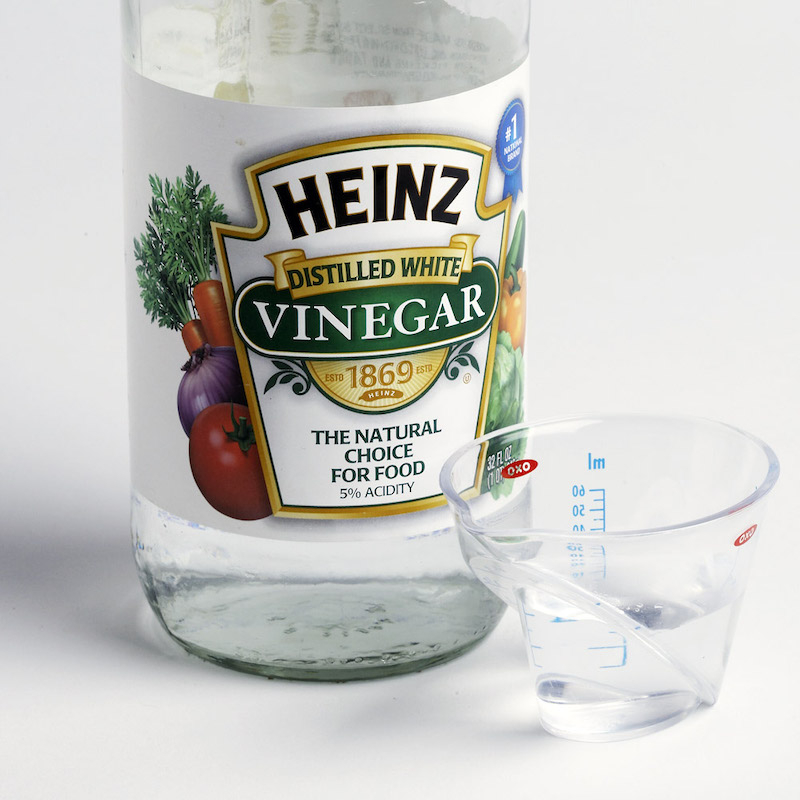
- Provides priceless peace of mind.
- Offers the earliest possible warning of termite presence.
- Costs next to nothing to set up.
The secret? A simple DIY monitoring station. Bury a few untreated scraps of wood or a roll of corrugated cardboard (with the paper layer peeled off one side to expose the tunnels) in a few spots in your garden, 10-15 feet from your house. Check them monthly. If you see termite activity, you know it’s time to call a pro before they ever reach your home.

The critical investment: An annual professional termite inspection. For a fraction of the cost of a treatment, a trained technician will examine high-risk areas you might overlook—crawlspaces, attics, and foundation lines. They can spot the subtle signs, like faint mud tubes or wood that looks fine on the surface but is damaged within, providing the early detection that saves you thousands in the long run.
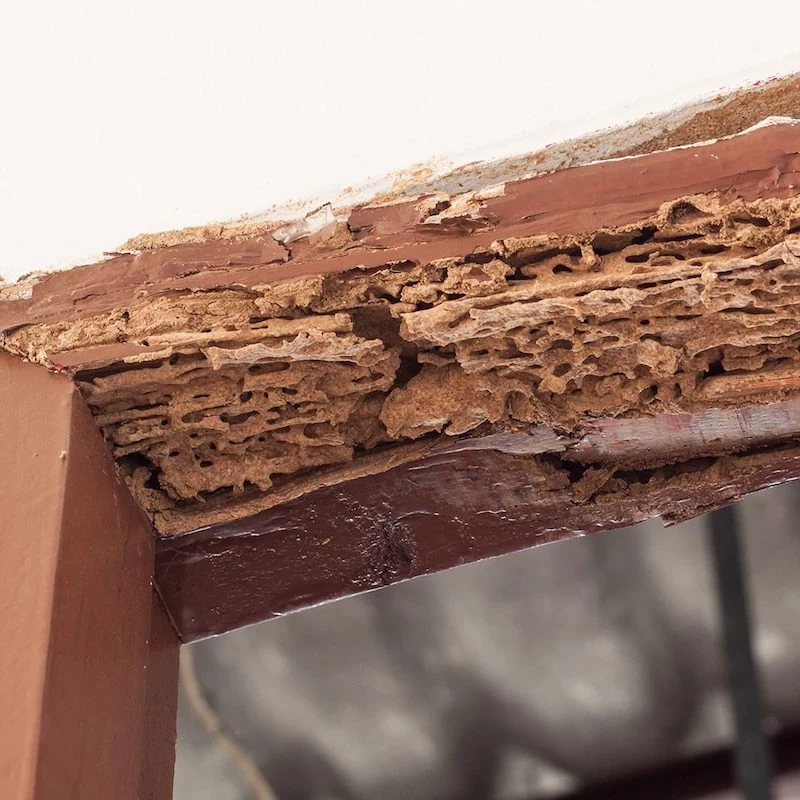
Diatomaceous earth is not a poison; it’s a mechanical killer.
This fine powder, made from fossilized aquatic organisms, has microscopic sharp edges that scratch an insect’s exoskeleton, causing it to dehydrate and die. While effective on contact with many pests, it’s a poor solution for termites. It’s nearly impossible to apply it in a way that reaches the entire subterranean colony, which is the source of your problem. It might kill a few workers, but it won’t stop the infestation.
Sometimes the first clue isn’t seeing a bug, but noticing something ‘off’ with the house itself. Pay close attention to baseboards or window sills that sound unusually hollow when tapped. Look for paint that is bubbling or peeling for no apparent reason, as this can indicate moisture from termite tunnels behind the wall. These subtle signs are often your home’s first quiet cry for help.










